What Are Good Companion Plants for Onions
- March 20, 2024
- 0 comment
Gardening enthusiasts often seek natural ways to enhance the health and yield of their plants. One effective strategy is companion planting, a method that involves placing certain plants near each other for mutual benefit. This article delves into the world of companion plants for onions, highlighting species that can help these flavorful bulbs thrive.

Understanding Companion Planting
Companion planting is more than just a gardening trend; it’s a part of permaculture that encourages biodiversity, leading to healthier plants and more robust gardens. By understanding the relationships between different plants, gardeners can naturally deter pests, improve soil health, and boost plant growth.
Benefits of Companion Planting
- Pest Control: Certain plants can repel harmful insects or attract their predators, thereby protecting neighboring plants. For example, marigolds release a chemical that deters nematodes, benefiting plants susceptible to these pests.
- Improved Soil Health: Some plants, like legumes, fix nitrogen in the soil, which can be beneficial to neighboring plants. Others have deep roots that bring up nutrients from lower soil layers, making them available to plants with shallower roots.
- Enhanced Plant Growth and Flavor: Certain combinations of plants can improve each other’s health and even enhance flavor. For instance, growing herbs alongside vegetables can sometimes improve the taste of the vegetables.
- Efficient Use of Space: Companion planting allows for the efficient use of garden space. Taller plants can provide shade for lower-growing, shade-tolerant plants, while ground-cover plants can reduce weed growth.
- Attracting Beneficial Insects: Flowers and certain herbs attract pollinators and beneficial insects that aid in pollination and pest control.
Considerations in Companion Planting
- Understanding Plant Needs: Each plant has unique needs in terms of light, water, and nutrients. Companion planting requires understanding these needs to ensure compatibility.
- Timing and Spacing: Proper timing and spacing are crucial in companion planting to ensure that each plant has enough space and resources to thrive.
- Trial and Error: Companion planting can vary based on local conditions, soil type, and climate. Gardeners often find that experimentation and observation are key to successful companion planting.
Best Companion Plants for Onions
Carrots and Onions
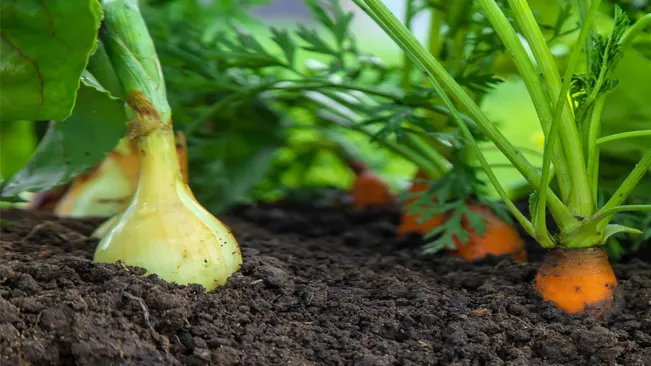
- Mutual Pest Deterrence: Onions are effective at deterring carrot flies, which are attracted to the scent of carrots and can cause significant damage to carrot crops. Conversely, carrots repel onion flies and thrips, common pests for onions. This mutual pest protection is a primary reason for their compatibility.
- Growth Patterns: Carrots and onions complement each other’s growth habits. Carrots, with their deeper root systems, can grow well alongside the shallower-rooted onions, allowing for efficient use of soil space.
Chamomile
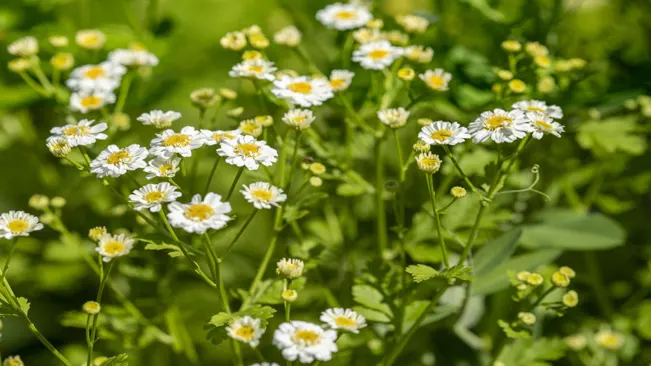
- Flavor Enhancement: Chamomile is known for its ability to enhance the flavor of nearby plants, particularly onions. The interaction between these plants can lead to more flavorful onions.
- Attracting Beneficial Insects: Chamomile is a magnet for beneficial insects like hoverflies and ladybugs, which are natural predators of many garden pests. This helps create a more balanced and healthy garden ecosystem.
Lettuce
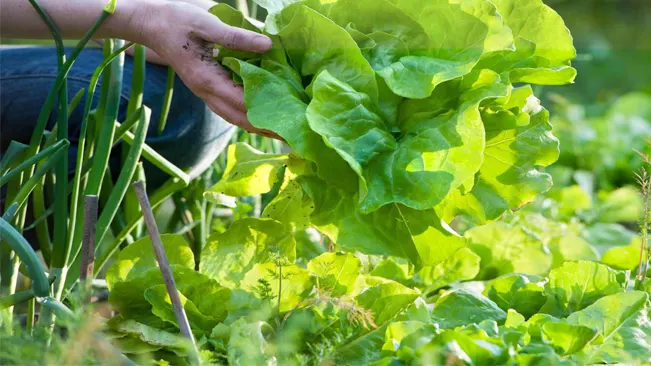
- Complementary Growth: Lettuce, being a low-growing plant, can thrive in the shade provided by taller onion plants. This complementary growth pattern allows for efficient use of vertical space in the garden.
- Soil Moisture and Weeds: The close planting of lettuce and onions can help maintain soil moisture and prevent the growth of weeds, benefiting both plants.
Strawberries and Onions
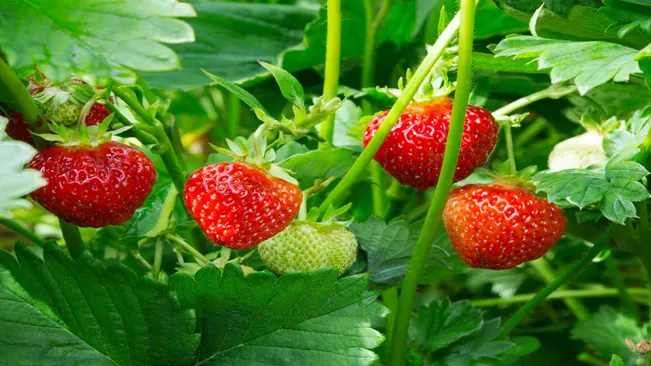
- Slug Repellence: Onions are effective at repelling slugs, which are a common problem for strawberry plants. The strong scent of onions can act as a natural deterrent.
- Ground Cover and Weed Control: Strawberry plants spread out and provide ground cover, which can help control weeds around onion plants. This minimizes competition for nutrients and reduces the need for manual weeding.
Tomatoes
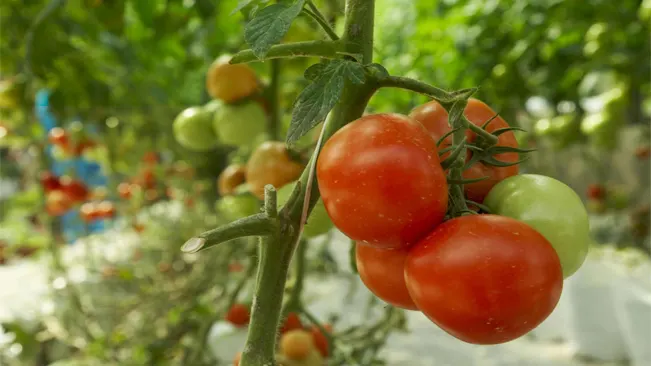
- Pest Repellence: The strong smell of onions can deter various pests that are harmful to tomato plants, including certain types of worms and aphids.
- Spatial Compatibility: Tomatoes and onions have compatible spatial requirements. Tomatoes, being taller plants, can provide some shade for onions during the hottest parts of the day, while onions, with their smaller footprint, do not compete heavily for space.
Plants to Avoid Near Onions
Gardening is often a delicate balance, and this is particularly true when it comes to companion planting. Onions, a popular and versatile vegetable in many gardens, are known to have a few incompatible plant neighbors, notably beans and peas. Here’s why:
- Allelopathy: Onions, like many other plants, exhibit a phenomenon known as allelopathy. This means they release certain chemicals into the soil that can inhibit the growth of nearby plants. In the case of onions, these chemicals can negatively impact legumes like beans and peas, hindering their growth and development.
- Root Space Competition: Onions have a relatively extensive root system that competes for nutrients and water in the soil. Beans and peas, which also have significant root systems, can struggle when they have to compete with onions for these essential resources.
- Different Soil Preferences: Onions thrive in soil that is slightly acidic to neutral, while beans and peas prefer a more neutral to slightly alkaline environment. This difference in soil pH preference can lead to one or both plants not growing optimally when planted close together.
- Nitrogen Fixation Interference: Beans and peas are part of the legume family, which are known for their ability to fix nitrogen in the soil, a beneficial property for many gardens. However, the presence of onions can interfere with this process, reducing the nitrogen-fixing ability of legumes and thereby impacting their growth and the overall soil health.
Best Practices for Planting
To avoid these issues, it’s best to plant onions and legumes in separate areas of your garden. This separation ensures that both plants can grow without interference, leading to a healthier and more productive garden. Consider the following tips:
- Plant onions and legumes in different garden beds or at least several feet apart.
- Rotate crops each year to maintain soil health and prevent the buildup of allelopathic chemicals.
- Monitor soil pH and adjust as necessary to meet the specific needs of each plant type.
The Science Behind Companion Planting
The effectiveness of companion planting is rooted in science. Certain plants release chemicals that can deter pests or attract beneficial insects. Additionally, companion planting can improve soil nutrients and structure, contributing to overall plant health.
Soil Health and Nutrient Balance
- Nitrogen Fixation: Legumes, such as peas and beans, have a symbiotic relationship with nitrogen-fixing bacteria. These bacteria convert atmospheric nitrogen into a form that plants can absorb. Planting legumes near nitrogen-loving plants can improve soil fertility.
- Root Structures: Different plants have varying root structures and depths. Companion planting can optimize soil usage, as deep-rooted plants can draw nutrients from lower soil layers, leaving the upper layers for shallow-rooted plants. This prevents nutrient depletion in one specific soil layer.
Physical Plant Interactions
- Shade and Support: Tall plants can provide shade for low-growing, shade-tolerant plants. For example, tall cornstalks can offer necessary shade for lettuce, preventing it from bolting in hot weather. Additionally, some plants like peas and beans can use sturdier plants like sunflowers as natural support structures.
- Ground Cover: Certain plants, like strawberries or spreading herbs, act as ground covers. They can prevent weed growth by covering the soil, retain moisture, and maintain a more stable soil temperature.
Conclusion
Incorporating companion plants into your onion garden can lead to healthier, more productive plants. By understanding and utilizing these natural relationships, gardeners can create a harmonious and thriving garden ecosystem. Whether you’re a seasoned gardener or a beginner, exploring the world of companion planting with onions is an exciting and rewarding journey.
FAQs (Frequently Asked Questions)
- What are companion plants?
Companion plants are different types of plants grown near each other for mutual benefits, such as pest control, pollination, providing habitat for beneficial creatures, maximizing use of space, and improving plant growth and flavor. - Why are carrots considered good companions for onions?
Carrots and onions are beneficial to each other because onions deter carrot flies, and carrots repel onion flies. This mutual protection helps in reducing pest infestations naturally. - Can I plant lettuce near onions?
Yes, lettuce is a great companion for onions. Onions can protect lettuce from common pests like aphids, and their differing growth patterns and timings allow them to coexist without competing for space. - How does chamomile benefit onions when planted together?
Chamomile improves the flavor of onions and attracts beneficial insects, such as pollinators, to the garden. This creates a healthier and more balanced garden ecosystem. - Are marigolds good to plant with onions?
Absolutely! Marigolds are excellent companions for onions because their strong scent can deter onion flies and other pests. Plus, they add a splash of color to your vegetable garden. - Can beets be planted with onions?
Yes, beets and onions can be planted together. They have different root depths and nutrient requirements, which reduces competition and allows both to thrive. - Is it beneficial to plant strawberries with onions?
Onions can be beneficial to strawberries by deterring some pests and helping to reduce fungal diseases. However, they must be managed well to ensure neither plant competes for nutrients excessively. - What are the benefits of companion planting with onions?
Companion planting with onions helps with pest control, improves soil health, maximizes garden space, and increases biodiversity. - Are there any plants that should not be planted with onions?
Yes, it’s advised to avoid planting onions near peas and beans, as they can inhibit each other’s growth. - How close should companion plants be to onions?
The spacing depends on the specific plants, but generally, companion plants should be close enough to benefit each other without competing for nutrients or space. It’s essential to follow specific spacing guidelines for each plant type.

Kristine Moore
Forestry AuthorI'm Kristine Moore, a seasoned garden landscaping professional with over 30 years of experience. My extensive career has been dedicated to transforming outdoor spaces into stunning, sustainable landscapes. With a deep understanding of horticulture, design principles, and environmental stewardship, I have become a respected figure in the field, known for creating harmonious, visually appealing, and eco-friendly gardens. My commitment to excellence and continuous learning in landscaping trends and techniques has solidified my reputation as an expert in garden design and implementation.

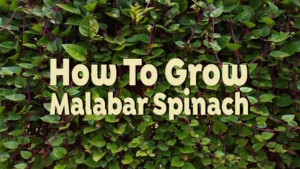
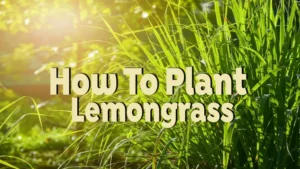
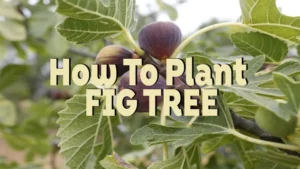








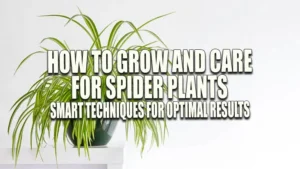
Leave your comment